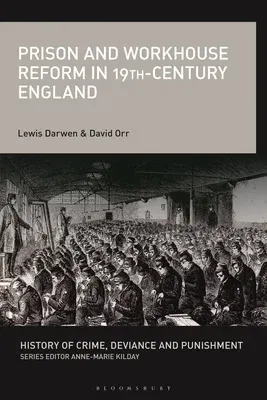This is the first study to analyse the joint development of the prison
and the workhouse in 19th-century England, focusing on the roles played
by key local reformers in shaping their design, form and function.
Although the introduction of the Gaol Act in 1823 marked a shift towards
more disciplined institutional regimes, the genuinely local nature of
prison and workhouse development meant no two institutions operated in
the same way. As a result, the nature of local prison and workhouse
regimes, while emerging out of national developments, was chiefly the
result of complex, contradictory and evolving ideas held by local
figures.
Drawing on a wealth of primary sources including prison and chaplain
reports, newspapers and correspondence between local reformers and
national figures, Lewis Darwen and David Orr investigate the role of
religion and morality, statistics, education, architecture, models of
institutional regime and gender in the prison and workhouse reform
taking place during the period. With case studies from Lancashire, the
most industrialized region by 1850, they also highlight the impact of
wider political and economic issues such as trade, industrialism,
religion and populations pressure on institutional regimes.
Prison and Workhouse Reform in 19th-Century England provides
much-needed new perspectives on the history of penal institutions in
19th-century England and will be a valuable resource for crime
historians and criminologists alike.

